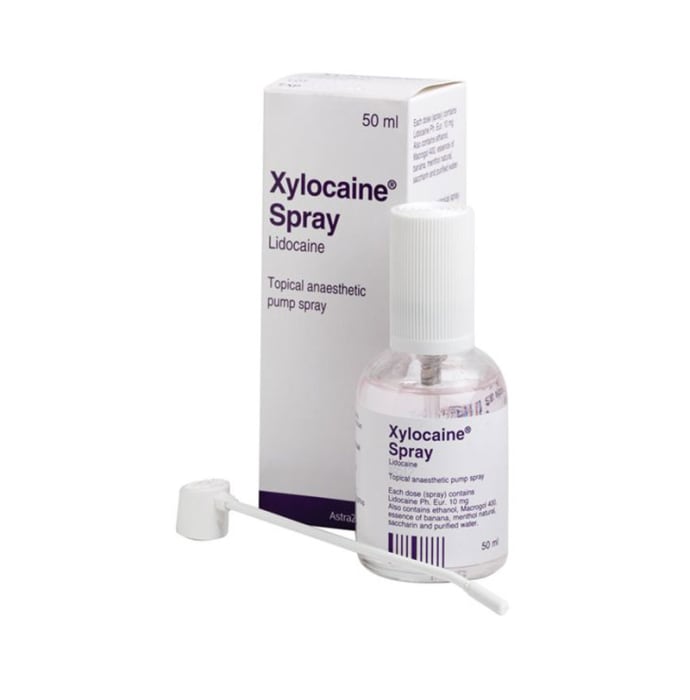
Manufacturer: Zydus Cadila
Salt Composition : Lidocaine(10% w/v)
Packet of 50ml Spray
(Inclusive of all taxes)
The most common side effects of this medicine include redness, rash, burning, and itching at the site of application. These are usually mild and short-lived. Consult your doctor if any of the side effects persist or worry you.Before using it, tell your doctor if you have liver disease or are taking medicines for heart rhythm problems. Although medicines used on the skin are not normally affected by other medicines you should let your doctor know if you are taking any other medicines to be safe. Ask your healthcare team for advice if you are pregnant or breastfeeding.